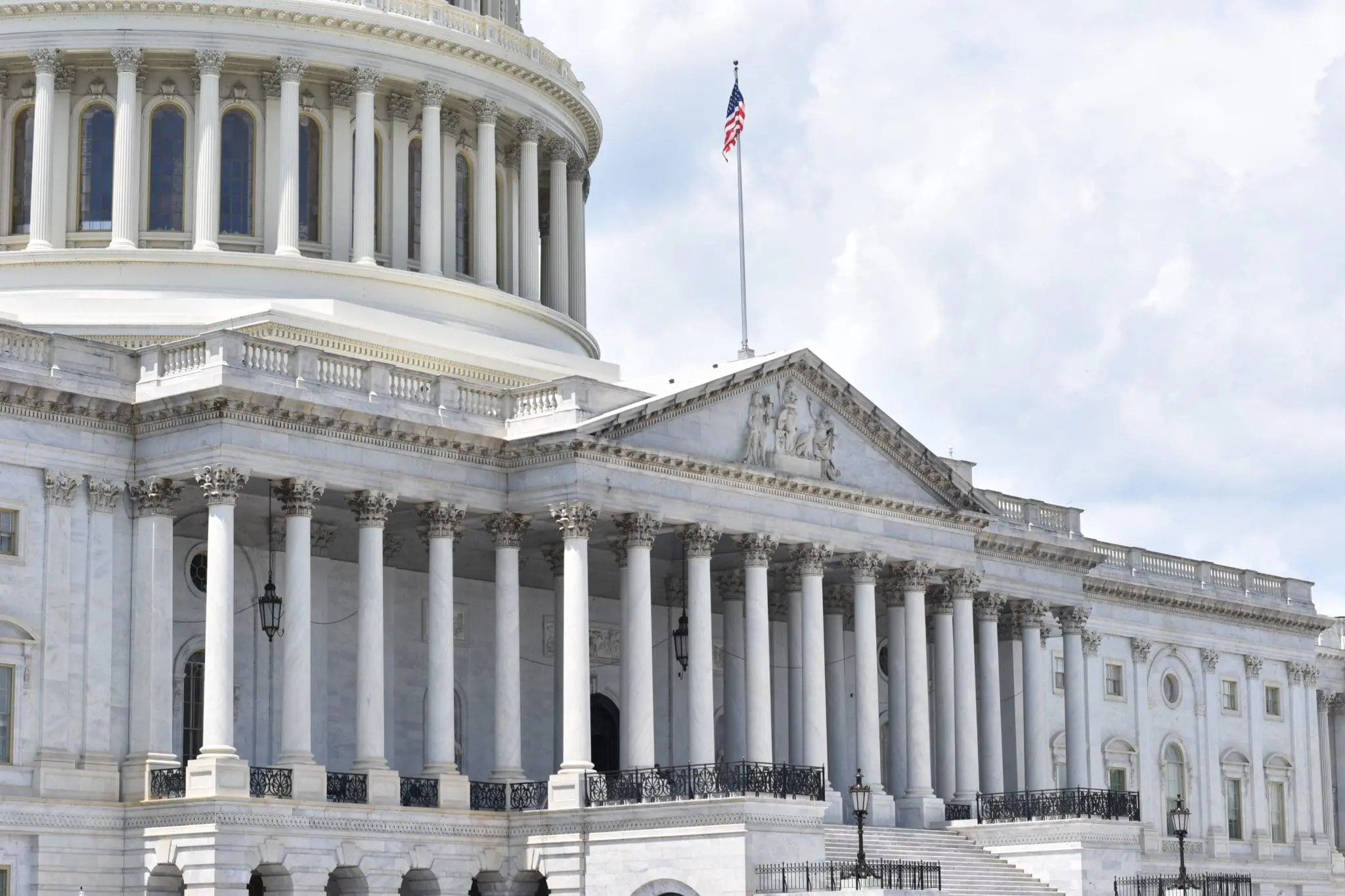Recent proposals like the President’s fiscal year 2023 budget request and the House Appropriations Committee’s reported appropriations bill for the Departments of Labor, Health and Human Services, and Education suggest encouraging trends for education and workforce pathways. These proposals aim to provide increased supports to learners, workers, families, and communities by incentivizing states to create strong pathways and supports throughout the P–20W pipeline (early education, K–12, postsecondary, and workforce)—including designations for programs like career-connected high schools, retention and completion funds, and STEM pathways. However, many states are missing an essential aspect of implementing and ultimately scaling these proposed programs: strong data systems with linked, integrated data and tools that allow individuals, the public, and system leaders to access and use that data.
Some states are beginning to utilize their P–20W data systems in this manner, creating new and innovative tools that allow users—students, families, communities, and policymakers—to access the data in ways that enable users to make actionable decisions, including those about individual education and workforce journeys, community needs to spur economic mobility, and emerging policy questions the system should be designed to answer. A few leading examples of states beginning this modernization journey include:
- Kentucky, through KY STATS’ Career Explorer, and Colorado, through the Department of Higher Education’s My Colorado Journey, both provide students and job seekers with information they need to stay informed about possible career pathways. For example, individuals can plan and search for their future career based on desired salary (entry and median) or by their interests, traits, and goals.
- Minnesota is using its state P–20W data system (MN SLEDS) to help pilot an auto-admission program for high school students from low-income families, modernizing systems to reduce barriers and burden to postsecondary access.
- In California, the state is creating the Cradle-to-Career System to link data across multiple agencies and sectors. One exciting component of the new system will be a scaling up of the California College Guidance Initiative (CCGI), which allows students, parents, and counselors to track alignment between a student’s individual high school course-taking and the admissions requirements for California’s public colleges.
Even with the progress that these states are beginning to make in modernizing their P–20W data systems, there are federal policy levers that could both ease and expedite these efforts:
- Clarification for using federal funds: State and local leaders continue to question how federal funds may be used to support data modernization efforts. Providing clear guidance and technical assistance on how funds may be used, braided, and blended to support P–20W modernization would eliminate hurdles experienced by many entities. Read our resource on using federal funds for data here.
- Distribution of federal funds in a non-siloed way: Funding is currently spread across systems in ways that make data siloed and disparate. To create fully linked and functional data systems, the federal government should consider a new approach to funding. For example, the current Statewide Longitudinal Data System Grant Program could be expanded to focus on integrating data across education, workforce, and human services agencies, and widen the scope of possible grantees beyond state education agencies to P–20W councils and other statewide data governing bodies.
- Expansion of privacy technical assistance (TA): States consistently mention the lack of support and TA for privacy-related concerns. While the Privacy Technical Assistance Center (PTAC) exists, evolving state and local privacy needs outweigh current capacity. To provide leaders more direct, real-time technical assistance and guidance, the federal government should make additional investments in PTAC and consider additional federal privacy TA centers.
- Enhancement of basic definitions and records: A fully integrated P–20W system draws from individual state data systems like K–12 and postsecondary, many of which collect and report data in accordance with federal laws and regulations. Standardization of some basic things at the federal level, like how race is defined or data privacy requirements, is critical. There are also specific enhancements states need—including wage records and access to military enlistment data—to understand postsecondary outcomes, job and credential quality, and the myriad of pathways to and through K–12 into the workforce. The federal government should make this information accessible to states in a manner that allows states to understand their residents’ educational and career outcomes while preserving individual privacy.
Current federal attention on learners and pathways holds promise as a way to increase economic mobility across the country. For this approach to realize its full potential, leaders must dedicate more time, attention, and funding to investments in state P–20W data systems. The recommendations above are in no way exhaustive, and while some states are further along in their efforts, increased federal support and guidance would benefit all states.
For more on the President’s 2023 budget request and how investments in state data systems are key to making federal budget priorities a reality, read our recent blog series here and here.


